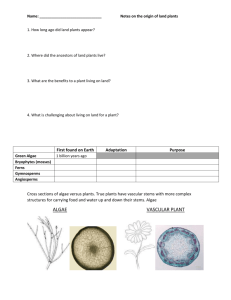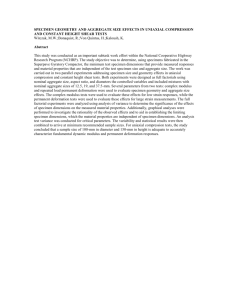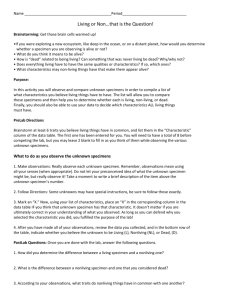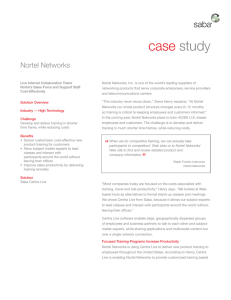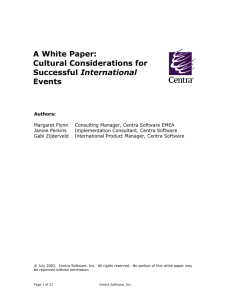File
advertisement
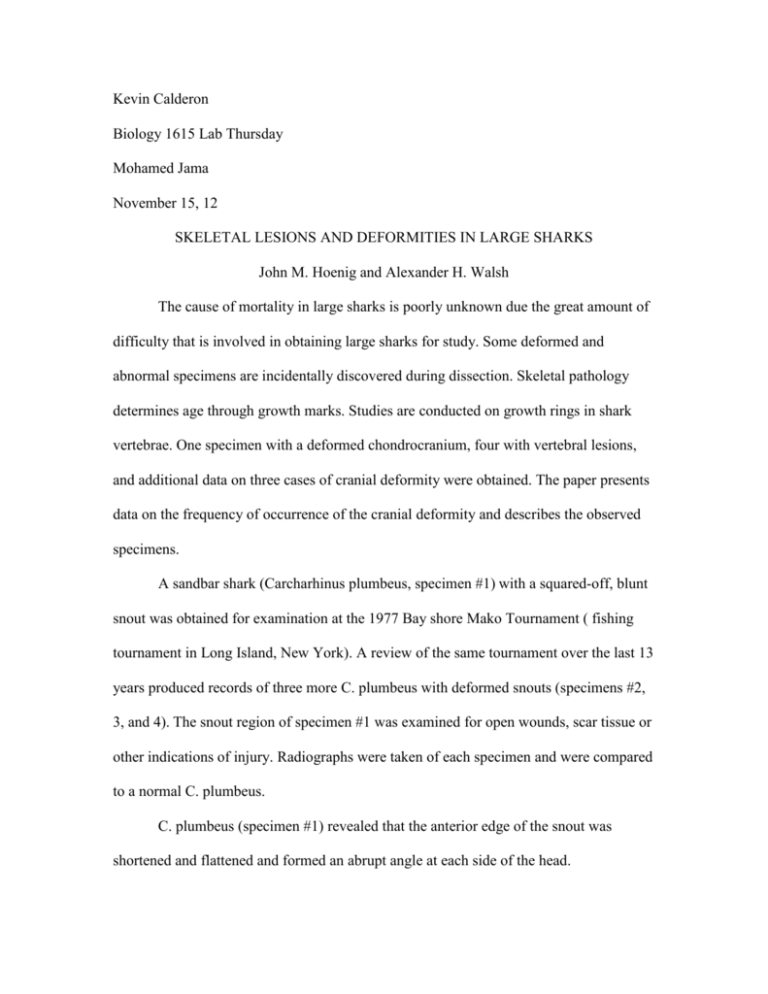
Kevin Calderon Biology 1615 Lab Thursday Mohamed Jama November 15, 12 SKELETAL LESIONS AND DEFORMITIES IN LARGE SHARKS John M. Hoenig and Alexander H. Walsh The cause of mortality in large sharks is poorly unknown due the great amount of difficulty that is involved in obtaining large sharks for study. Some deformed and abnormal specimens are incidentally discovered during dissection. Skeletal pathology determines age through growth marks. Studies are conducted on growth rings in shark vertebrae. One specimen with a deformed chondrocranium, four with vertebral lesions, and additional data on three cases of cranial deformity were obtained. The paper presents data on the frequency of occurrence of the cranial deformity and describes the observed specimens. A sandbar shark (Carcharhinus plumbeus, specimen #1) with a squared-off, blunt snout was obtained for examination at the 1977 Bay shore Mako Tournament ( fishing tournament in Long Island, New York). A review of the same tournament over the last 13 years produced records of three more C. plumbeus with deformed snouts (specimens #2, 3, and 4). The snout region of specimen #1 was examined for open wounds, scar tissue or other indications of injury. Radiographs were taken of each specimen and were compared to a normal C. plumbeus. C. plumbeus (specimen #1) revealed that the anterior edge of the snout was shortened and flattened and formed an abrupt angle at each side of the head. Cartilaginous rods that form the rostrum were abnormally short and failed to join together at the tip of the snout as in a normal rostrum. There was no evidence of injury. The Snout was about half as long as normal. C. plumbeus specimen #5 had bending and fusion o the ribs and the calcified swelling around the centra occurred at two locations during dissection. There was severe fusion and compression of at least a dozen centra, which created slight lateral bending in the column (scoliosis). C. plumbeus (specimen #6) showed no evidence of fusion or compression of the centra and no evidence of erosion of calcified material. Drying caused misalignment and irregular space between the centra. N. brevirostris shark (specimen #7) had ribs bent into wavy patterns. Radiography revealed slight erosion and deposition of calcified material in the centra and possibly the ribs. O. taurus shark (specimen #8) appeared normal when captured but had 2 regions of swelling along the vertebral column. Radiograph showed 3 centra with extra deposition of calcified material and no evidence of fusion. The three recorded of blunt-snouted C. plumbeus were compared to specimen #1. The snout deformity appeared to be a congenital condition that affects only their snout region since there was no evidence of injury. Frequency of occurrence of this condition is four out of 555 (0.7%) C. plumbeus examined (from 1965 to 1977 at the Bav shore Mako Tournament). Specimen # 1 and 3 were said to be around 16 years of age according to Lawler’s growth curve. This deformity does not impair the ability of the shark to survive. All four of the deformed-snout C. plumbeus in this study, and both of Lawler’s (1976) specimens, were females. Schwartz’s (1973) specimen was a male. Vertebral lesions varied in severity. The most severe showed erosion and deposition of calcified material, fusion of centra, compression, and scoliosis. Tuberculosis or salmonellosis, malnutrition, or injury was said to may be the cause of vertebral lesions in sharks. The lesions could represent arthritic changes associated with the aging process. All four sharks in this study and those in Schwartz’s (1973) and Clark’s (1964) studies were fully mature adults and thus probably 20 years old or more (Lawler, 1976; Hoenig, 1979). Since they came across four specimens with vertebral lesions they suggest that theses conditions must be common.


